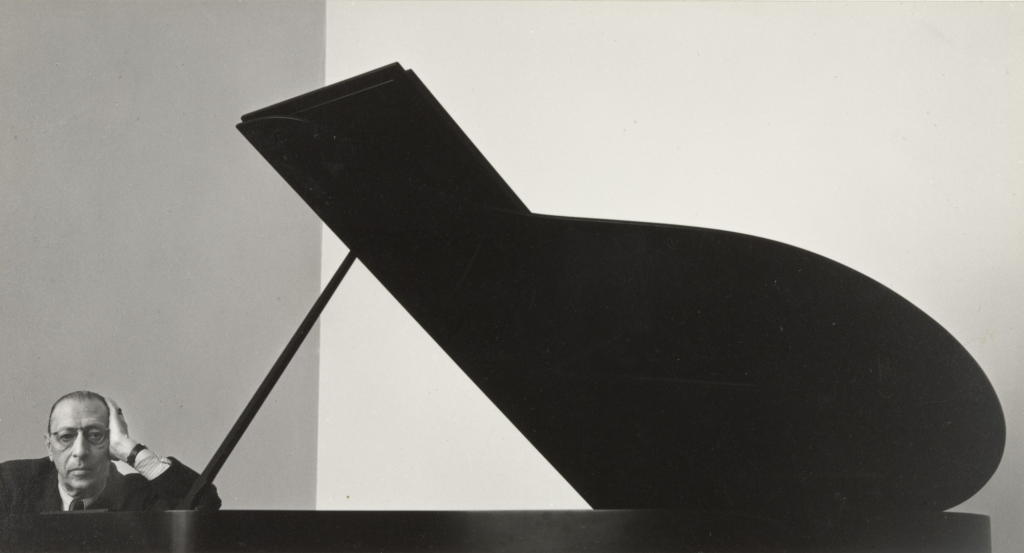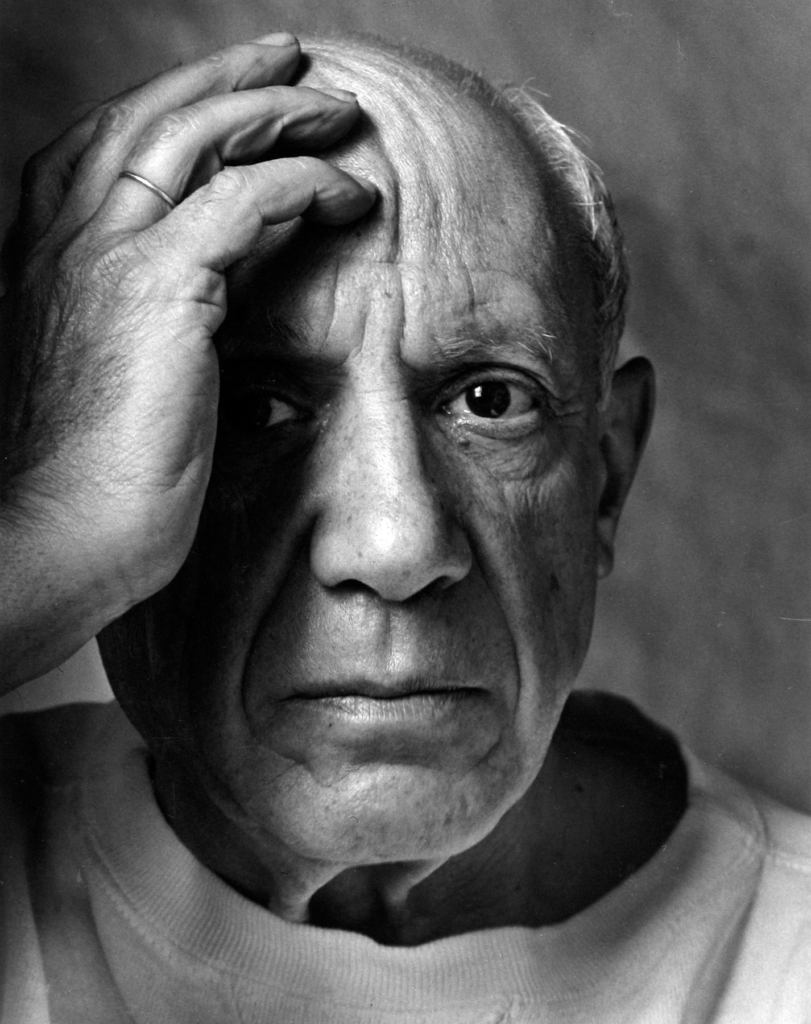
Arnold Newman was born March 3, 1918 in New York City. He studied art under a scholarship at the University of Miami, from 1936 to 1938. He died in New York City on June 6, 2006. Newman was generally acknowledged as the pioneer of the environmental portrait, he is also known for his still life and abstract photography, and he is considered as one of the most influential photographers of the 20th Century.
Newman began his career in photography in 1938 working at chain portrait studios in Philadelphia, and immediately began working in abstract and documentary photography on his own. Newman is often credited with being the first photographer to use so-called environmental portraiture, in which the photographer places the subject in a carefully controlled setting to capture the essence of the individual’s life and work.
Newman is often known well by being the photographer who articulated and who consistently employed the genre of environmental portraiture; a well known example being his portrait of Igor.

Newman normally captured his subjects in their most familiar surroundings with representative visual elements showing their professions and personalities. Newman’s best-known images were in black and white, although he often photographed in colour. His 1946 black and white portrait of Igor Stravinsky seated at a grand piano became his signature image. It shows the reality of what Igor Stravinsky does. The image is simple but shows depth and feeling towards his interests. The most important parts to this image is him, and his piano. His facial expression is serious, which could suggest how seriously he takes playing the piano. The way the piano is much bigger than him, and the fact the lid of the piano looks like a music note, may suggest how much music plays a big part in his life. Black and white represents death and life.

This picture is also in black and white. The image is focused on his face with a blurred background making his facial expressions stand out. The use of shadows could represent hidden meaning. The contrast from shadow to light show the dark and light side of human life.
